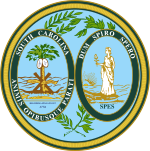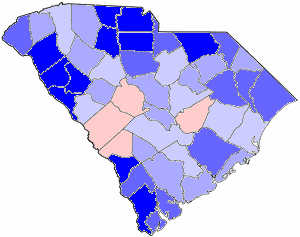
The 1966 United States Senate elections were elections on November 8, 1966, for the United States Senate which occurred midway through the second term of President Lyndon B. Johnson. The 33 seats of Class 2 were contested in regular elections. Special elections were also held to fill vacancies. With divisions in the Democratic base over the Vietnam War, and with the traditional mid-term advantage of the party not holding the presidency, the Republicans took three Democratic seats, thereby breaking Democrats' 2/3rds supermajority. Despite Republican gains, the balance remained overwhelmingly in favor of the Democrats, who retained a 64–36 majority. Democrats were further reduced to 63–37, following the death of Robert F. Kennedy in June 1968.
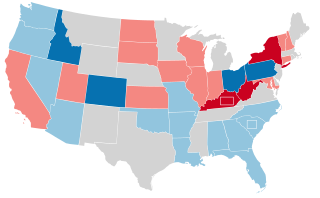
The 1956 United States Senate elections were elections for the United States Senate that coincided with the re-election of President Dwight D. Eisenhower. The 32 seats of Class 3 were contested in regular elections, and three special elections were held to fill vacancies. Although Democrats gained two seats in regular elections, the Republicans gained two seats in special elections, leaving the party balance of the chamber unchanged.
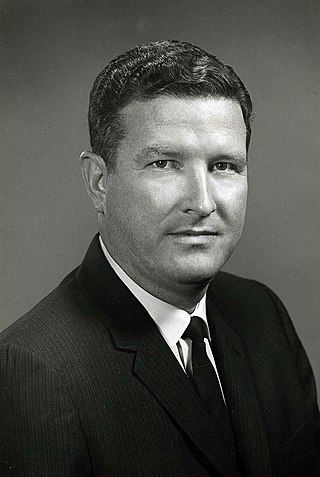
Robert Evander McNair Sr. was the 108th governor of South Carolina, a Democrat, who served from 1965 to 1971.

The 1926 South Carolina gubernatorial election was held on November 2, 1926, to select the governor of the state of South Carolina. The South Carolina constitution was amended in 1926 to change the term of governor from two years to four years, but also prohibiting governors from consecutive terms. John Gardiner Richards, Jr. won the contested Democratic primary and ran unopposed in the general election becoming the 96th governor of South Carolina.

The 1938 South Carolina gubernatorial election was held on November 8, 1938 to select the governor of the state of South Carolina. Burnet Rhett Maybank, Mayor of Charleston, South Carolina, won the contested Democratic primary and defeated Republican Joseph Augustis Tolbert in the general election becoming the 99th governor of South Carolina.

The 1954 South Carolina gubernatorial election was held on November 2, 1954, to select the governor of the state of South Carolina. George Bell Timmerman won the Democratic primary and ran unopposed in the general election becoming the 105th governor of South Carolina.

The 1962 South Carolina gubernatorial election was held on November 6, 1962 to select the governor of the state of South Carolina. Donald S. Russell won the Democratic primary and ran unopposed in the general election becoming the 107th governor of South Carolina. It is the last uncontested South Carolina gubernatorial election.

The 1982 South Carolina gubernatorial election was held on November 2, 1982 to select the governor of the state of South Carolina. The state constitution was amended by the voters on November 4, 1980 to allow for the governor to serve a second consecutive four-year term. Governor Richard Riley, the popular Democratic incumbent, easily defeated Republican W. D. Workman, Jr. and became the first governor since Thomas Gordon McLeod in 1924 to be elected to a second consecutive term.

The 1880 South Carolina gubernatorial election was held on November 2, 1880 to s elect the governor of South Carolina. Johnson Hagood was nominated by the Democrats and ran against L. W. R. Blair, a Greenback-Labor candidate. Hagood easily won the general election and became the 80th governor of South Carolina.

The 1882 South Carolina gubernatorial election was held on November 7, 1882 to select the governor of the state of South Carolina. Hugh Smith Thompson was nominated by the Democrats and ran against J. Hendrix McLane, a Greenback-Labor candidate. Thompson easily won the general election and became the 81st governor of South Carolina.

The 1896 South Carolina gubernatorial election was held on November 3, 1896 to select the governor of the state of South Carolina. William Haselden Ellerbe won the Democratic primary and easily won the general election to become the 86th governor of South Carolina.
The 1912 South Carolina gubernatorial election was held on November 5, 1912, to select the governor of the state of South Carolina. Governor Coleman Livingston Blease won the Democratic primary. As South Carolina was utterly dominated by the Democratic Party, he faced no significant opposition in the general election.

The 1916 South Carolina gubernatorial election was held on November 7, 1916, to select the governor of the state of South Carolina. Governor Richard Irvine Manning III faced a strong challenge from former governor Coleman Livingston Blease in the Democratic primary, but Manning won a second two-year term as governor.

The 1918 South Carolina gubernatorial election was held on November 5, 1918, to select the governor of the state of South Carolina. Robert Archer Cooper emerged from the crowded Democratic primary and ran unopposed in the one-party state's general election to become the 93rd governor of South Carolina.

The 1920 South Carolina gubernatorial election was held on November 2, 1920 to select the governor of the state of South Carolina. Governor Robert Archer Cooper faced no opposition in the Democratic primary nor the general election to win a second two-year term as governor.

The 1966 South Carolina United States Senate special election was held on November 8, 1966 to select the U.S. Senator from the state of South Carolina. The election resulted from the death of Senator Olin D. Johnston in 1965. Then Governor Donald S. Russell entered in a prearranged agreement with Lieutenant Governor Robert Evander McNair in which Russell would resign his post so that he could be appointed Senator. However, former Governor Fritz Hollings won the Democratic primary election and went on to beat Republican state senator Marshall Parker in the general election to win his right to fill the remaining two years of the unexpired term.
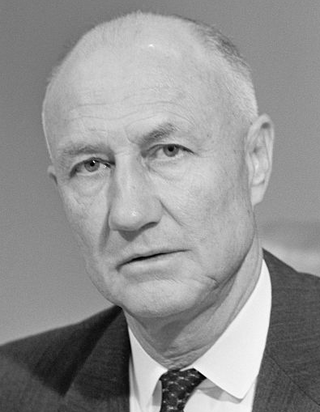
The 1966 South Carolina United States Senate election was held on November 8, 1966 to select the U.S. Senator from the state of South Carolina simultaneously with the special election to fill out the remainder of Olin D. Johnston's term.
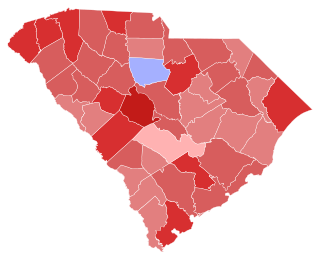
The 1984 South Carolina United States Senate election was held on November 6, 1984, to select the U.S. Senator from the state of South Carolina. Popular incumbent Republican Senator Strom Thurmond cruised to re-election against Democratic challenger Melvin Purvis.

The 1938 United States House of Representatives elections in South Carolina were held on November 8, 1938, to select six Representatives for two-year terms from the state of South Carolina. The primary elections were held on August 30 and the runoff elections were held two weeks later on September 13. Three incumbents were re-elected, but two incumbents were defeated in the Democratic primary. The three open seats were retained by the Democrats and the composition of the state delegation thus remained solely Democratic.

Joseph O. Rogers Jr. was an American politician. He served as a Democratic member of the South Carolina House of Representatives.

